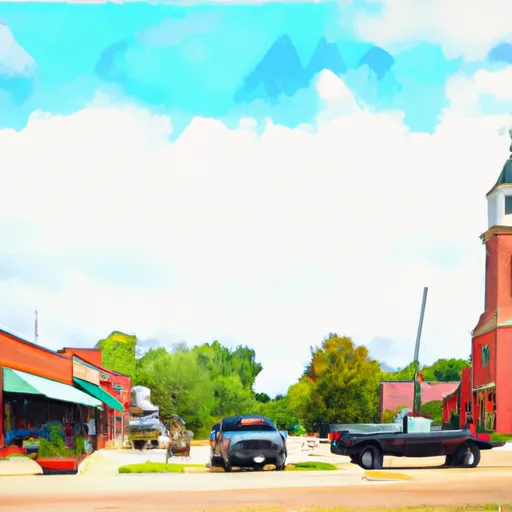°F
°F
mph
Windspeed
%
Humidity











Melvin, Iowa is a small town located in the northwestern part of the state. It has a humid continental climate, characterized by hot summers and cold winters. Average temperatures in July, the warmest month, range from 61°F (16°C) to 86°F (30°C), while average temperatures in January, the coldest month, range from 8°F (-13°C) to 27°F (-3°C). Melvin experiences moderate precipitation throughout the year, with an average annual rainfall of about 29 inches (74 cm) and snowfall of around 30 inches (76 cm).
The town does not have any major water bodies within its immediate vicinity. However, the area is known for its agricultural landscape, with several small creeks and streams flowing through the surrounding countryside. These water sources contribute to the hydrology constituents of the region, supporting the local farming activities.
Outdoor recreation opportunities in Melvin are primarily focused on the beautiful natural surroundings. The town is surrounded by picturesque farmlands and rolling hills, providing excellent opportunities for hiking, nature walks, and bird-watching. Additionally, the area is known for its abundant hunting and fishing opportunities, with various game species, such as deer and pheasants, found in the region.
Weather Forecast
Melvin receives approximately 747mm of rain per year, with humidity levels near 81% and air temperatures averaging around 8°C. Melvin has a plant hardyness factor of 4, meaning plants and agriculture in this region thrive during a short period during spring and early summer. Most plants will die off during the colder winter months.
Regional Streamflow Levels
265
Cubic Feet Per Second
80
Cubic Feet Per Second
180
Cubic Feet Per Second
421
Cubic Feet Per Second
Nearby Camping
| Camping Area | Reservations | Toilets | Showers |
|---|---|---|---|
| Olde Towne Co Park | |||
| Carson City Park | |||
| Lyons Park | |||
| Arrowhead Park |



